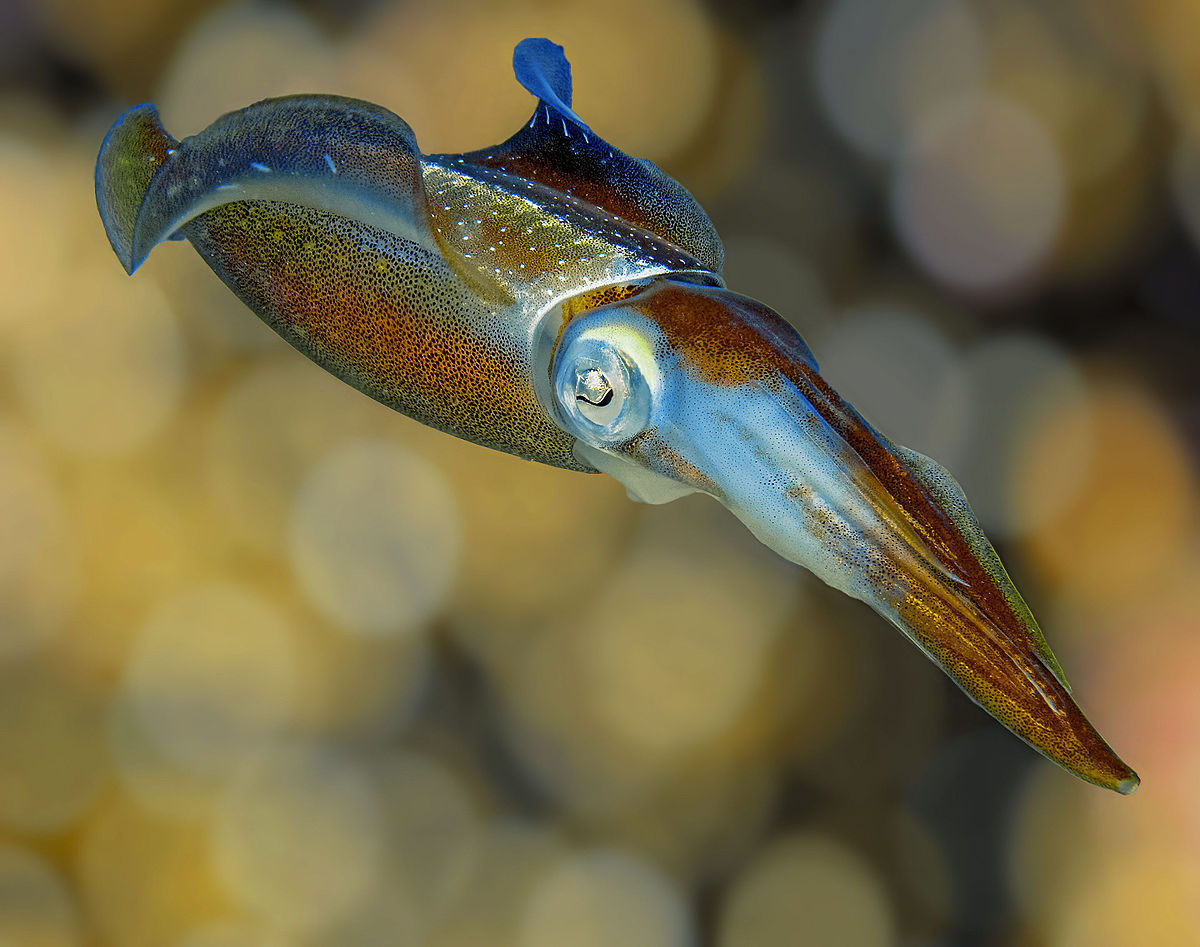Squid fishing (eging) is growing fast in popularity across Australia — especially in New South Wales. Whether you’re casting from a jetty at dusk or drifting offshore reefs, squid are accessible, fun, and delicious.
But which style is more effective: land-based or boat-based squidding?
In this guide, we break down the pros and cons of both approaches, compare techniques and gear, and help you decide which method suits you best — plus, which rods from the Favorite X1 and U1 series are perfect for each.
🏝️ Land-Based Squid Fishing
Fishing for squid from shore is the most common approach — and for good reason.
✅ Pros:
•Accessible — jetties, piers, wharves and rock ledges are everywhere
•Low cost — no need for a boat or expensive gear
•Consistent — many squid hold close to shore year-round
•Night fishing friendly — piers with lights attract bait (and squid)
⚠️ Cons:
•Limited casting range
•Competition from other anglers (especially at famous spots)
•Limited access to deeper water or drifting squid schools
📍 Top Land-Based Spots in NSW:
•Clifton Gardens (Mosman)
•Rose Bay Wharf
•Spit Bridge at Night
•Bare Island (La Perouse)
•Manly Wharf / Fairlight Rocks
🎯 Tip: Fish during rising tide, dawn/dusk, or under artificial light at night.
🚤 Boat-Based Squid Fishing
Fishing from a boat opens up more water, deeper structure, and drifting schools.
✅ Pros:
•Access to reefs, kelp beds, deeper ledges
•More mobile — follow tide and squid movement
•Often less pressure than shore spots
•Better for targeting larger squid in clear offshore areas
⚠️ Cons:
•Requires boat or kayak
•Safety and weather-dependent
•Requires slightly heavier gear
•Costs more (fuel, setup, maintenance)
🔍 Boat Squid Fishing Tips:
•Drift slowly across weed beds and reef edges
•Use heavier jigs (3.5–4.0) to reach bottom
•Cast up-current and let jig sink naturally
•Use electric motor or wind drift to cover ground quietly
🧠 Key Technique Differences
Aspect Land-Based Boat-Based
Jig Size 2.5–3.0 3.0–4.0
Sink Rate Slow-medium Medium-fast
Cast Distance Longer required Moderate, vertical drop possible
Depth Control Controlled via retrieve Controlled via boat position
Mobility Limited High
Best Rod Choice Long & light Stiffer, stronger, still sensitive
🎣 Rod Recommendations by Style
✅ Land-Based Setup:
Favorite X1 7’6” ML
•Long cast reach from jetties and rock ledges
•Sensitive tip for light jigs (2.5–3.0)
•Great control during slow twitches and drops
Favorite U1 7’0” M
•Slightly stronger backbone for windy or deeper edges
•Works well for larger squid or heavier jigs
✅ Boat-Based Setup:
Favorite X1 7’2” M (or similar)
•More compact for easier handling on boat
•Extra strength for deep or fast-sink jigs (3.5–4.0)
•Ideal for vertical jigging or side casting
Favorite U1 6’10”–7’0” M/H
•Handles heavier jigs and deep drops
•Still maintains sensitivity for clean hooksets
💡 Don’t forget: You can use longer rods on boats too — especially from front decks or when standing — but ensure balance with jig size and line setup.
🧭 So Which Is Better: Land or Boat?
There’s no single answer — both styles offer unique advantages depending on your location, budget, and personal style.
You prefer… Then go for…
Low-cost, casual, urban sessions Land-based
Exploring structure & deep weed beds Boat-based
Fishing with mates on weekends Jetty nights
Chasing trophy squid in clear water Boat missions
🛒 Final Word: Choose the Right Rod for Your Squidding Style
Whether you’re standing on a wharf or drifting over kelp beds, one thing remains true: your rod choice matters.
🎣 Explore Favorite X1 & U1 rods — crafted for Australian waters, tuned for squid.
Lightweight. Responsive. Reliable.
Fish Smart. Fish Favorite.
